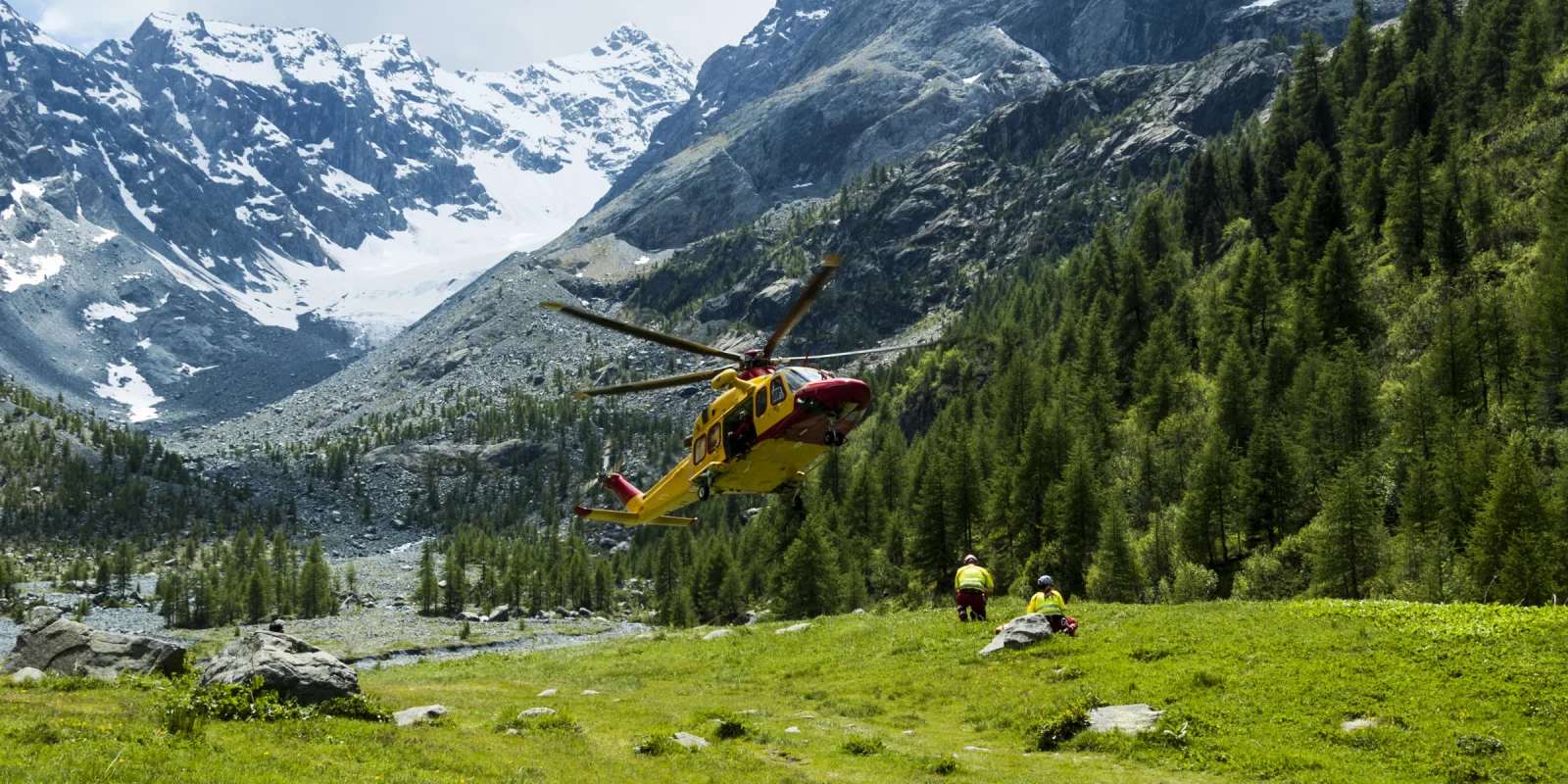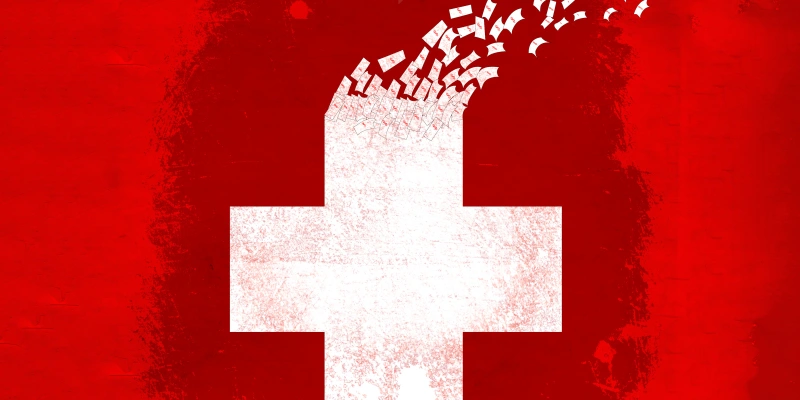“Is there a doctor on board?” is a question asked once every 604 flights, according to a 2013 study. But what about when a doctor is needed in the middle of a forest, or at sea, or on Mount Everest?
This is where wilderness medicine doctors step in. Wilderness medicine is about being prepared to treat patients in any environment. Dr. Paul Auerbach, an EM doctor who literally wrote the textbook on wilderness medicine, said there are three fundamental components to the specialty:
- Practicing medicine in a “resource-poor” and sometimes remote setting.
- Understanding the science, physiology, and pathophysiology of all the illnesses and injuries that are common in the wilderness (e.g., hypothermia, high-altitude medicine, dive medicine, heat illness, envenomations by creatures, lightning strikes, drownings, attacks by wild animals, etc.)
- Using special skills to survive and thrive in wilderness environments (e.g., search and rescue, living off the land, poisonous plants and mushrooms, ropes and knot tying, avalanches, etc.)
Dr. Auerbach’s medical training was supplemented with recreational ventures into the wilderness — in North Carolina as a medical student at Duke, New Hampshire and Vermont as an intern at Dartmouth, and southern California as an EM resident at UCLA. It was during these excursions that Dr. Auerbach discovered the skills that would make up the foundations of wilderness medicine.
One of these skills is the ability to improvise, as you never know where your “clinic” will be. “You might be hundreds of miles out at sea on a dive boat, at extremely high altitude at night bivouacked on a precarious ledge in high winds and mind-numbing cold, or at the scene of an earthquake or wildfire,” Dr. Auerbach wrote in an email.
It’s these various environments that also make survival skills imperative; knowing how to build a fire can be just as important as knowing how to dress a wound. “The non-medical skills relate to making the scene safe, providing shelter, procuring food and water, signaling for assistance, litters and carries, and building a sustainable fire,” Dr. Auerbach explained. He then described two instances of putting his knowledge to work: “Properly building a snow cave took a few attempts. An avalanche safety course taught me how to hone in on a buried victim by multiple methods.”
Dr. Luanne Freer, an EM physician, is no stranger to harsh and frigid elements, either. Dr. Freer helped establish a medical clinic at Mount Everest’s base camp in April 2003.
“I carefully itemized the medical supplies, and took the proper drugs to treat everything, from altitude illness to the infectious diseases we would probably encounter. Splints, a portable hyperbaric chamber, and even a battery-powered oxygen concentrator were among the yak-loads of clinical supplies delivered to our tent in the clouds. I felt prepared for just about anything,” Dr. Freer wrote in an email.
But Murphy’s Law applies even at 17,000-plus feet.
In quick succession, the generator malfunctioned and could no longer charge the batteries for oxygen or radios, and the foot pedal that inflated the hyperbaric chamber broke. The IV fluids froze in the tubing en route to an ill patient, and the injectable drugs froze solid. To top it off, the glacier melted, and Dr. Freer found the floor of the clinic tent underwater.
“It would be dishonest of me to say that my feathers weren’t a little ruffled,” she said.
But she kept calm and improvised: “Soon, with some help and a little duct tape (a staple item in the pack of any experienced wilderness doctor), I was able to master the wiring of electrical equipment to be powered by solar panels, throw a hot water bottle into an insulated cooler to keep drugs from freezing, and turn a bystander into an IV fluid warmer by placing the bag and tubing inside his down jacket. My Sherpa assistant engineered a diversion run-off stream to drain the growing pond under our clinic.”
Dr. Auerbach has found himself in perilous situations treating patients as well. He recalled once dealing with a “nasty” tibia-fibula fracture while in the path of an approaching thunderstorm. On a second occasion, he worked to treat a patient with decompression sickness (also known as “the bends”) while suffering from an allergic reaction to a jellyfish sting on his face. Despite these two encounters, Dr. Auerbach says his most memorable patient was a “distressed” young boy with a treble fish hook embedded in his nostril. Dr. Auerbach used local anesthetic to numb the inside of the boy’s nose, and as he prepared needle-nose pliers, the boy tearfully said, "I can stand the pain, but the worm is driving me nuts."
Remaining calm in the face of danger isn’t all a wilderness medicine clinician needs to excel at. While both Drs. Freer and Auerbach have a background in EM, Dr. Freer explained that a good wilderness medicine clinician can come from almost any training background, though it is important to be skilled in various disciplines, including emergency management of illnesses and injuries, pediatrics, anesthesia, orthopedics, ob/gyn, infectious disease, sports medicine, disaster medicine, and military medicine.
It’s also important to note that wilderness medicine isn’t only needed and applicable in the great outdoors.
“It is easy to imagine a doctor in a jungle caring for a patient with malaria, or on top of a mountain caring for a snowblind climber, and that, for sure, is wilderness medicine. But one may also practice medicine in the urban street, unable to rely on much of what is learned in medical school,” Dr. Freer explained. “At the scene of a motor vehicle accident, when all resources are overwhelmed, with no skilled help and very little equipment, a couple of jackets, a seatbelt, and a scrap of plywood can become an immobilization device. This is wilderness medicine as much as a clinic in the depths of the woods.”







